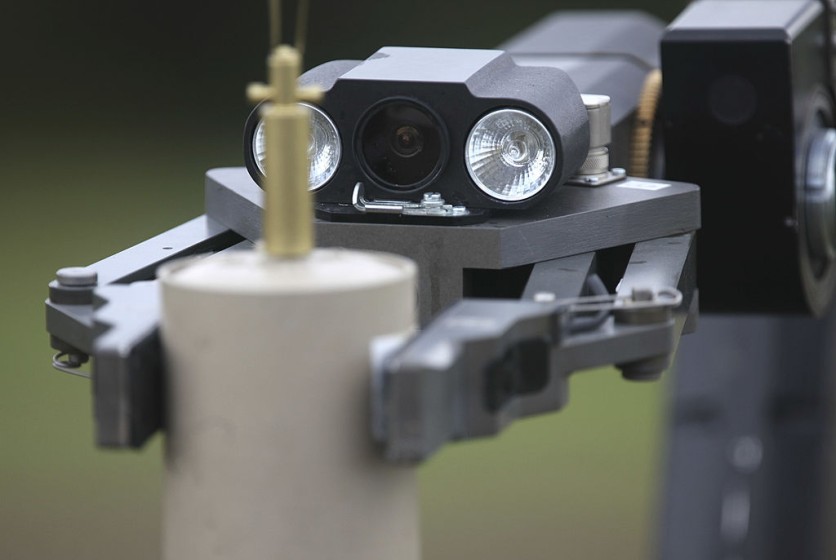Researchers from the Harvard John A. Paulson School of Engineering and Applied Sciences (SEAS) have developed a robotic gripper that uses thin tentacles to grasp fragile or priceless objects, as reported by Interesting Engineering.

Jellyfish Inspired
The inspiration for the robot is a jellyfish. In a press release, Kaitlyn Becker, the first author of the paper said, "With this research, we wanted to reimagine how we interact with objects. By taking advantage of the natural compliance of soft robotics and enhancing it with a compliant structure, we designed a gripper that is greater than the sum of its parts and a grasping strategy that can adapt to a range of complex objects with minimal planning and perception."
The filaments are a foot-long that are made of rubber tubes, in which one side of the tube is thicker than the other. With this, the tube curls easily when it's pressurized, and wraps around the object.
The researchers tested it to pick up various objects, like houseplants and toys. They also used it to pick fruits and vegetables in agricultural applications. The entanglement allows each filament to conform locally with a target object, which leads to a secure but gentle topological grasp.
The new approach to robotic grasping will replace traditional grippers that need complex control strategies with compliant filaments that can operate with very simple control.
Also Read: Scientists Develop a More 'Human-Like' Robotic Grippers
Robotic Grasping
Robotic grasping is not a new concept. But robotic grippers are usually massive machines that can be quite dangerous to the surrounding. It is difficult to manipulate fragile objects with it, given that the gripping pressure is too high.
Also, the process of programming is quite complicated. Engineers need to teach the robot to grasp a certain object. If that object is taken out of the range of the gripper, the whole plan will be useless.
With this new method, the researchers hope to create robots that can assist people in the community, such as spraying pesticide with pinpoint accuracy or performing surgery. On the other hand, it can also be used for harvesting fruits and vegetables in farms.
The gripper has an edge over classical grippers, as it uses a small amount of force to hold the object securely, but it's still gentle enough to prevent damage or destruction of the object. The gripper can also be attached to a standard robotic arm.
The new robot will be useful in several scenarios. The fact that it requires no programming makes it more efficient than traditional grippers, allowing it to be used in many places, from maneuvering fruits in agricultural applications to grasping a large array of objects in manufacturing processes.
Related Article: Squishy Robotic Fingers Collect Fragile Marine Creatures From Ocean Floor
This article is owned by Tech Times
Written by April Fowell
ⓒ 2025 TECHTIMES.com All rights reserved. Do not reproduce without permission.




